English 5 Unit 1 Term 1 Week 2, 2025
Instrucciones:
• Los bloques sombreados en color gris se pueden ocultar en la impresión final.
• Para ello haga clic sobre cada uno de los bloques que desea ocultar.
• Para encenderlo nuevamente, pulse el bloque otra vez.
• Solamente los bloques encendidos serán impresos.
• Pulse el botón «Imprimir» cuando se encuentre listo.
• Para un mayor aprovechamiento del espacio, recomendamos eliminar los márgenes al imprimir.
¿Cómo guardar PDF?

Recomendamos utilizar el navegador Google Chrome.
Si no lo tiene instalado en su dispositivo puede descargarlo aquí.
El diálogo de impresión iniciará en cuanto cierre estas instrucciones.
En el cuadro de diálogo, cambie el destino de la impresión:
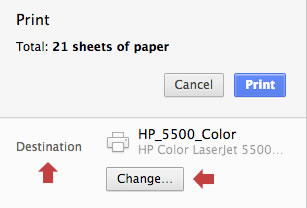
En las opciones, seleccione «Guardar como PDF»:
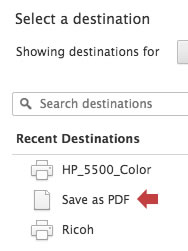
Para aprovechar todo el espacio de su hoja, recomendamos desactivar los márgenes:
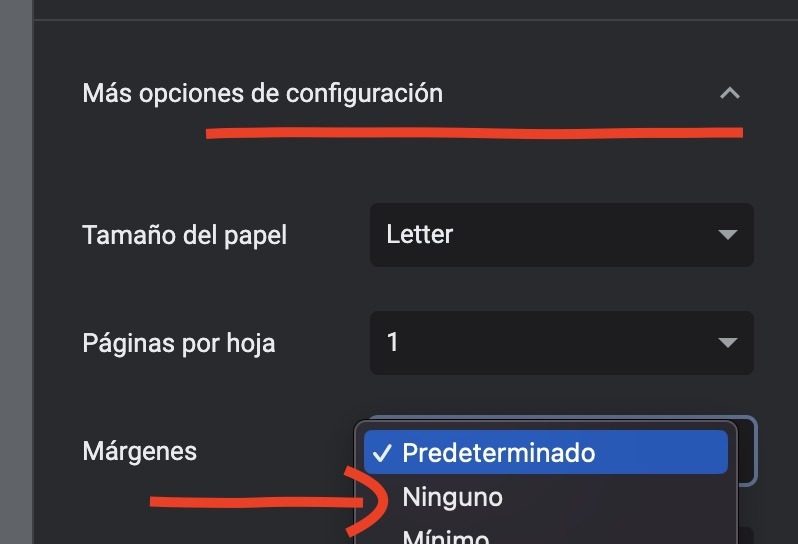
Por último pulse el botón «Guardar»:
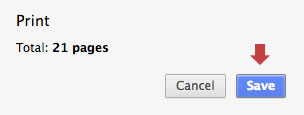
¿Cómo imprimir en color?

Recomendamos utilizar el navegador Google Chrome.
Si no lo tiene instalado en su dispositivo puede descargarlo aquí.
El diálogo de impresión iniciará en cuanto cierre estas instrucciones.
En el cuadro de diálogo de la impresión siga las siguientes instrucciones:
Si desea imprimir el planeamiento a color, asegúrese de activar la opción «Color»:

En la sección «Más configuraciones»:

Active la opción «Gráficos de fondo»:

Finalmente pulse el botón «Imprimir»:
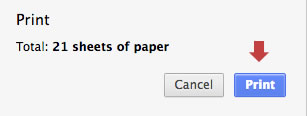
School year: 2025
Period:
Term: I
Level: Fifth Grade
Unit:1
Week: 2
Domain: Socio-interpersonal
Scenario: Go Green
Theme: Actions that Harm the Environment
Enduring Understanding: Depending on the weather, we can decide what we would like to wear, the kind of activities we would like to perform, and the way we feel.
Essential Question: How does weather affect the way we live?
General Competences:
Responsible Citizenship ( X )
Life Competences ( )
Competences for Employability ( )
Learn to Know
Grammar & Sentence Frames
First Conditional
- If I/we (throw) pesticides into rivers (fish) will die.
Phonemic Awareness
Long Vowel sounds:
/ay/ /ey / /i/ /u/ (e.g., kite, buy, made, cake, save, tree, use, do, etc.)
Vocabulary
2. Actions that Harm my Environment
What human actions do harm/damage the planet? Actions against the environment
- cut down forest
- use of chemicals and pesticides
- throw garbage in rivers
- pollute water and the air
- kill the animals
- destroy mother nature
- If I/we (throw) pesticides into rivers (fish) will die.
Learn to Do
Function
- Describing environmental problems at local, national and global level.
Discourse Markers
Linkers: Sequential – past tense
- First, then, after that, finally
Learn to Be and Live in Community
Psycho-social
- Respecting the environment
- Cooperating among classmates
Sociocultural
- Taking care of Mother Earth
- Conserving the protected areas in our country
Idioms/phrases
To built castles in the air (Plans that are unlikely to happen)
Assessment Strategies & Evidences of learning
Learner…
Goals
Learner can…
Pedagogical Mediation/ Didactic Sequence
Pre-teaching
Teacher asks students: Do you know the difference between Trash and Recycle?
Warm up
Students look the following words and guess their meaning. If not, they can look for them in the dictionary.
- Bin
- Bottle
- Can
- Cardboard
- Chemical
- Clean
- Compost
- Containers
- Diaper
- Dispossable
- Fertilizer
- Foil
- Greenhouse
- Landfill
- Leftover
- Light bulbs
- Magazines
- Newspaper
- Paper
- Pesticide
- Reduce
- Save
- Styrofoam
- Toy
- Trash
- Unplug
- Waste
Activation of Prior Knowledge
Students write an R next to the words that represent something that can be recycle, a T next to the thinks that are Trash and an O next to the ones that mean other thing different.
Modeling
The teacher writes the words egg, book and clean on the board.
The teacher asks student if an egg can be recycled or it is trash?
The teacher writes T, R or O, as it follows.
| Egg | T |
| Book | R |
| Clean | O |
Clarifying
Teacher answers to student´s questions if there are some.
Time
L.2. Recognizes phrases and high frequency vocabulary related to theme by selecting them from texts/ word/phrase banks.
Recognizes phrases and high frequency vocabulary related to the environment by selecting them from an audio text.
R.2. Follows a set of clear-cut instructions, especially if there are pictures or diagrams to illustrate the most important steps.
L2. understand phrases and high frequency vocabulary related to areas of personal interest.
R.2. follow a set of clear-cut instructions, especially if there are pictures or diagrams to illustrate the most important steps.
Pre-task
Teacher shows the chart to the students. Teacher explains to students the vocabulary Recycling and Trash if needed. (Make the chart on the board to avoid making copies)
| Recycling | Trash |
| 1 | 1 |
| 2 | 2 |
| 3 | 3 |
| 4 | 4 |
| 5 | 5 |
| 6 | 6 |
| 7 | 7 |
| 8 | 8 |
| 9 | 9 |
Task rehearsal
Students read the text about trash vs Recycle and complete the following chart.
Trash vs Recycle:
Do you know when to trash it?
By American Lifestyle Magazine
On average, each American throws out more than 2 kilograms of waste per day. Recycling saves materials from the landfill, which makes products cheaper for shoppers and manufacturers, reduces energy use, and cuts greenhouse gas emissions. But knowing the best way to dispose of something can get confusing.
Keep this handy guide in your kitchen to know which items go where.
Recycling bin
The items below are commonly recyclable if clean.
- Paper and cardboard: recycle newspaper, paper, magazines, brown bags, and regular or corrugated cardboard.
- Aluminum: soda cans, food cans, and clean foil.
- Glass: glass of any color is typically recyclable.
- Plastic: bottles and toys, but make sure they’re clean.
- Cartons: wash out milk and juice cartons.
Trash
The following items are hard to recycle.
- Most Styrofoam: styrofoam are very expensive to recycle.
- Disposable diapers: the paper and plastic from these items cannot be recycle.
Food leftovers: are not recycle but can go into a Compost bin to produce natural fertilizer.
Modified from:
https://americanlifestylemag.com/life-culture/health/trash-vs-recycle-do-you-know-when-to-trash-it/
(Copy the words on the board to avoid making copies).
| Read the text. Write each word in the correct column. | ||
| styrofoam | cans | newspaper |
| plastic | foil | Leftovers |
| cardboard | brown bags | Bottles |
| diapers | glass | milk carton |
Task completion
Students read the sentences of the handout and copy them in the correct space on page 22, according the picture. There are 4 sentences for each picture.
| 1. Don’t throw garbage in rivers. |
| 2. Use safe energy light bulbs. |
| 3. Use rainwater to water plants. |
| 4. Water the plants at night. |
| 5. Turn off the faucet while brushing teeth. |
| 6. Turn off the lights when not using them. |
| 7. Use motion sensor light bulbs outside. |
| 8. Unplug chargers while not using them. |
| 9. Pour vegetable cooking water into the plants. |
| 10. Recycle cans and bottles. |
| 11. Don’t use chemicals or pesticides. |
| 12. Use environmental friendly detergent. |
Task assessment
Students complete page 19 on the book. Students share their answers with a partner.
Students receive feedback from the classmates and the teacher.